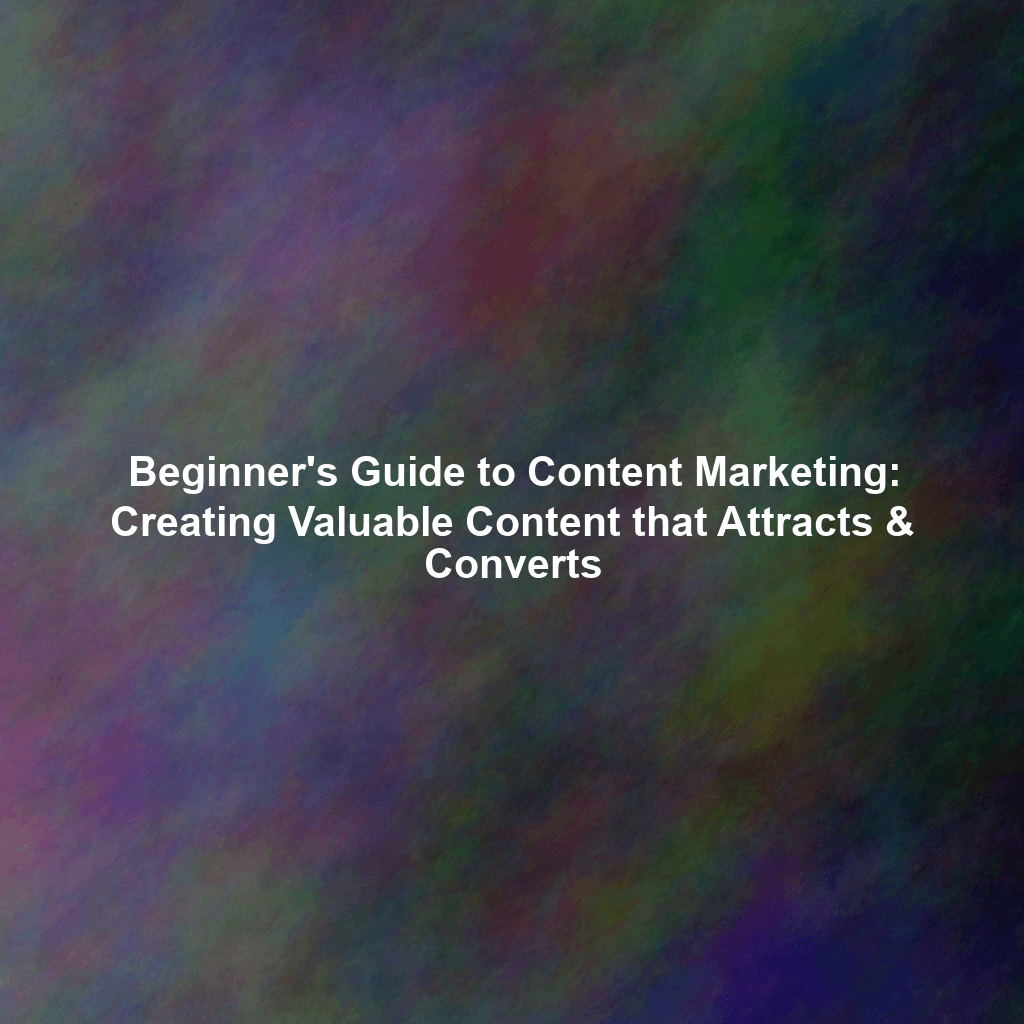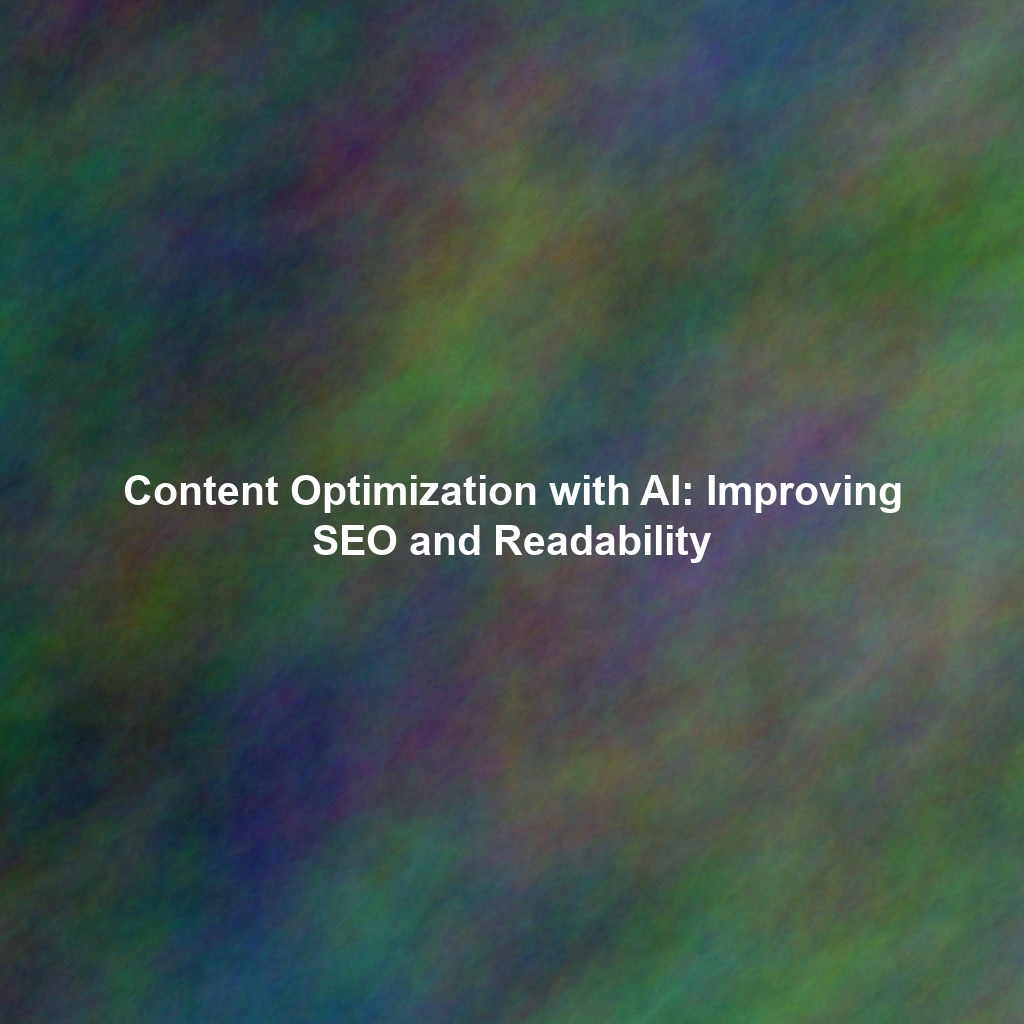Let’s get into it — not with buzzwords or borrowed clichés, but with a brutally practical, field-tested guide to doing content marketing that works.
What *Actually* Is Content Marketing?
Forget the textbook definition for a second. In plain terms, content marketing is about giving away valuable information for free so people start to trust you. It’s writing blog posts that help, recording videos that teach, making infographics that explain, or sharing case studies that show how real people solved real problems — with your help.
The technical definition, if you’re into that sort of thing, comes from the Content Marketing Institute: it’s a strategic approach to creating and distributing valuable, relevant, and consistent content to attract and retain a clearly defined audience—and, ultimately, to drive profitable customer action. Not a bad description, honestly.
Why Bother With Content Marketing?
Because shouting louder doesn’t work anymore. People don’t want to be sold to—they want to be helped. And good content helps.
- Builds Trust & Authority: When you consistently create stuff that’s genuinely useful, people start to believe you know your sh*t. That trust turns into loyalty — and eventually into sales.
- Brings in Traffic (That Matters): Content that ranks on Google brings in people already looking for answers. Not random browsers — potential buyers.
- Captures Leads: Create something good enough that people will trade their email address for it, and boom — you’ve got a lead.
- Boosts Brand Visibility: People may not buy today, but if they keep seeing you, they’ll remember you when they’re ready.
- Drives Decisions: Smart content addresses objections, showcases benefits, and gives people confidence to hit that “buy” button.
Step One: Know Who the Heck You’re Talking To
You wouldn’t start telling stories in a crowded room without knowing who’s listening, right? Same goes for content marketing.
Understand Your Audience’s Pain
What keeps them up at night? What do they type into Google when they’re frustrated? Use tools like Answer the Public, look at Reddit threads, run a survey, or just talk to real customers. Better yet, do all of that.
Create Real Buyer Personas
Not those vague personas like “Tech-savvy Millennial Marketer.” Make them real. Like: “Linda, 34, a marketing director in a B2B SaaS company, who’s exhausted by the constant need for qualified leads and is skeptical of consultants.” Include:
- Age, income, location
- Job role, goals, industry challenges
- Favorite blogs, social platforms, and even the memes they share
Step Two: Brainstorm Killer Content Ideas
This is where a lot of folks get stuck. They go blank. So here’s a secret: you don’t have to be original — you just have to be helpful.
Map to the Buyer’s Journey
Every piece of content should fall into one of these three stages:
- Awareness: “What is X?” or “Why am I struggling with Y?”
- Consideration: “Best solutions for Z problem” or “X vs Y: Which is better?”
- Decision: “Customer stories,” “ROI of our product,” “Why choose us?”
Types of Content That Work
- Blog Posts: SEO-friendly, informative, long or short
- Videos: Especially useful for product demos or tutorials
- Infographics: Great for simplifying complex data
- Ebooks/Whitepapers: Ideal for gated lead gen
- Case Studies: Prove your value, don’t just claim it
- Podcasts: A smart choice if your audience is already tuning in on Spotify
Step Three: Do Keyword Research, but Don’t Get Weird
Keywords help Google figure out what your content is about. But keyword stuffing is a fast track to sounding robotic.
Use tools like Ahrefs, Moz, or the free Google Keyword Planner. Focus on terms that have decent volume and low competition — and actually match user intent.
Then weave those phrases naturally into:
- Your URL slug (like /content-marketing-guide)
- Your meta title and description
- Your H2s and in-body paragraphs
Step Four: Create Content That Doesn’t Suck
This seems obvious, but you’d be surprised how many people forget it. Here’s what separates mediocre content from the kind that gets shared, bookmarked, and remembered:
- Clarity: Write like you talk — not like a marketing bot.
- Structure: Use headings, bullets, and short paragraphs.
- Voice: Don’t be afraid to have a little personality. It’s okay if you drop a comma or write a sentence fragment sometimes.
- Visuals: A good chart or meme can save 500 words of explanation.
- Substance: Link to real data, cite respected sources. (e.g., check out Harvard Business Review or Pew Research.)
Step Five: Distribution Is Half the Game
If you build it and don’t promote it, you might as well not build it. Content needs to be put in front of the right eyes.
- Social Media: But tailor it to each platform. What works on LinkedIn won’t work on TikTok.
- Email Newsletters: Still one of the highest ROI channels, according to Statista.
- Paid Distribution: Boost top-performing posts or test paid discovery platforms like Outbrain.
- Guest Posts: Tap into someone else’s audience while building backlinks.
- Influencers: Real ones, not bots with 100k followers and no engagement.
Step Six: Measure What Matters
Don’t just create and pray. Use tools like Google Analytics, Hotjar, or HubSpot to track:
- Traffic: Are people actually visiting?
- Engagement: How long do they stick around? Do they scroll or bounce?
- Leads: Are people converting from readers to leads?
- Sales: Ultimately, is this content moving dollars?
Be honest about what’s not working. Then change it. Test headlines. Update CTAs. Try a different distribution channel. Rinse, repeat.
The Content Marketing Checklist (That You’ll Actually Use)
- ✓ Know your audience like they’re your roommate
- ✓ Create content that solves real problems
- ✓ Do your keyword research (but don’t be creepy about it)
- ✓ Structure and format for readability
- ✓ Add links to respected sources
- ✓ Distribute smart, not just wide
- ✓ Promote more than you publish
- ✓ Measure, refine, repeat
Final Thought (Yep, Just One)
You don’t need to be everywhere, or write 50 blog posts a month, or go viral. You just need to consistently help the right people solve the right problems, in the right voice. That’s the heart of real content marketing.
And hey — don’t forget to enjoy the process. There’s something weirdly satisfying about teaching and helping, even if it’s just one reader at a time.
 Skip to content
Skip to content

